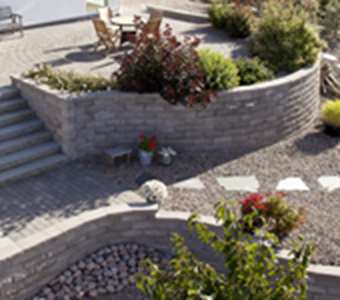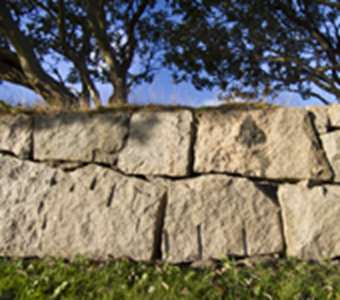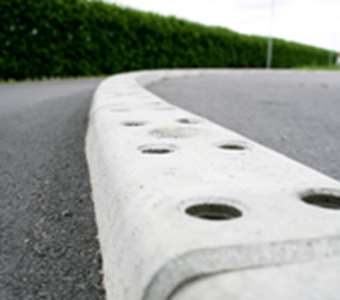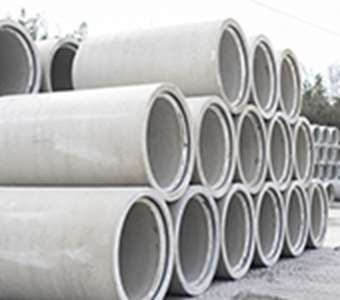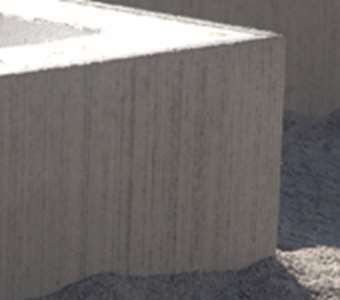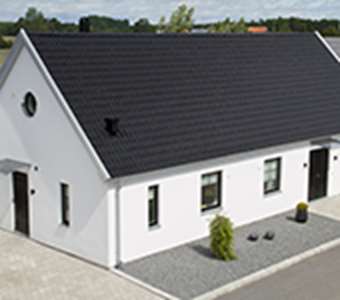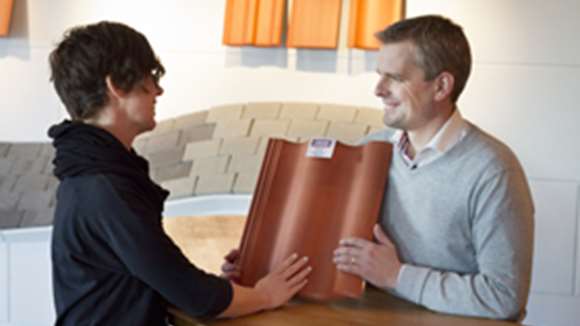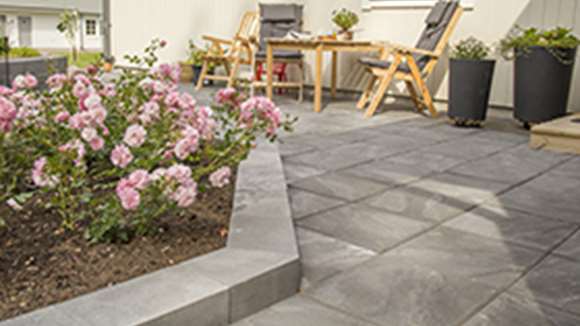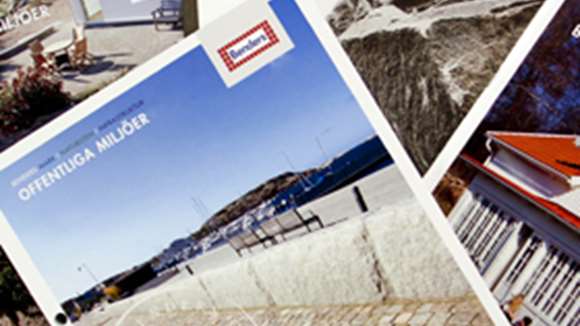Why has my Lithomex Easy not hardened?
When you lay paving stones and/or slabs, it is easy to forget the joints and their importance. The joints between the stones/slabs are important not just aesthetically. They also have several important technical functions. Joints play a major role in achieving good results (exactly the same as do the choice of stones/slabs and correctly executed ground preparation). Depending on which joint filler is chosen, laying requirements differ.
When using an elastic filler (where the hardener is activated by water), it is critical that laying is carried out exactly as per the instructions. Read the packaging meticulously and check the installation film.
When an elastic filler does not harden correctly, it is most usually because of one or more of the following:
- Joints too wide. Lithomex Easy cannot be used for joints wider than 10 mm.
- Not enough water. As shown in the installation film, a lot of water must be used. The entire joint must be completely soaked.
- Sack contents were not mixed. During sack transport, the sand and hardener can settle into distinct layers. Thus, always mix sack contents once again before laying begins.
- The substrate does not drain. Joints let water through. This water must be able to drain away. Water must not be allowed to collect in the joint. If the water does not drain away, the joint will not harden. Instead, there is a risk that the joint will swell or become sticky when there is rain. Thus, Lithomex Easy cannot be used for laying where the superstructure retains water. Note that a far too thick (over 30 mm) course of 0-4 stone dust in the bedding layer can be too dense and not drain sufficiently well. This may result in the joint not hardening.















